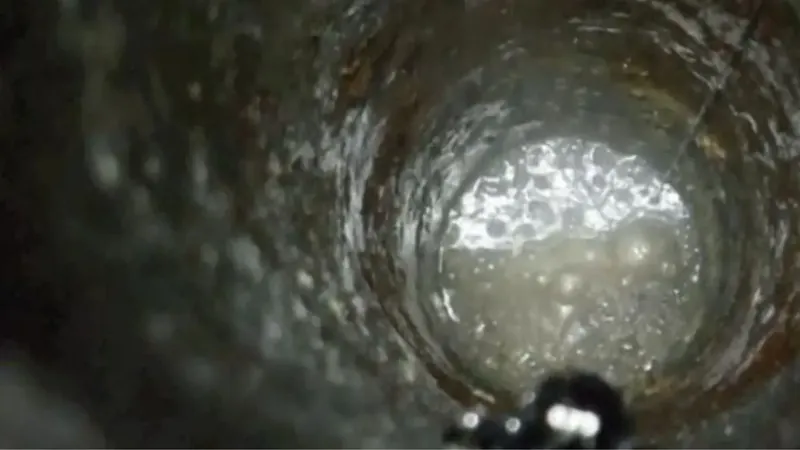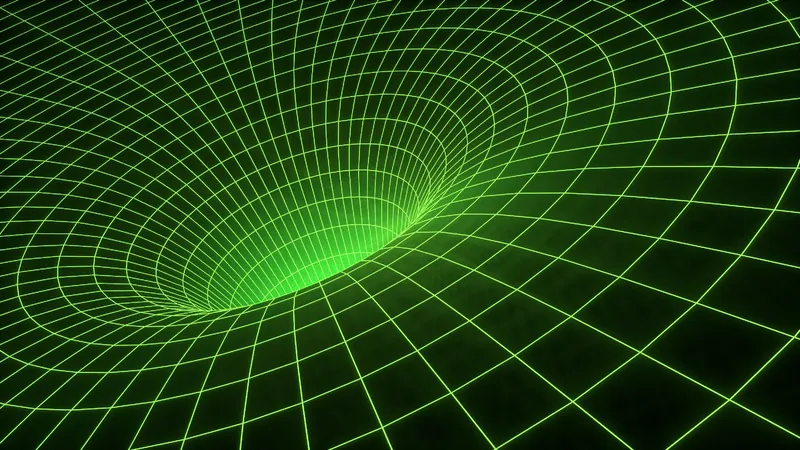
Unveiling the Secrets of Dark Matter: Could Dimming Starlight Lead to Discovery?
2025-04-24
Author: Li
An Ongoing Quest for Dark Matter
The universe is shrouded in mystery, with dark matter being one of its most elusive components, believed to make up a staggering portion of its total mass. Conventional telescopes can't detect this enigmatic matter as it interacts with light only in the faintest of ways.
The Mystery of Dark Compact Objects
Among the various theories about dark matter, dark compact objects stand out. These dense and invisible structures may hold the keys to understanding dark matter, yet they have never been observed directly. Researchers are now turning their attention to innovative methods for detecting these cosmic enigmas.
A Revolutionary Detection Method
A team from Queen's University and the Arthur B. McDonald Canadian Astroparticle Physics Research Institute has proposed an exciting new technique to spot dark compact objects. Their groundbreaking research, published in *Physical Review Letters*, suggests that as these objects move in front of distant stars, they could cause the stars' light to dim.
"We were examining how dissipation in dark matter might lead to the formation of compact objects," explained co-author Joseph Bramante. "This led us to consider how dark photons could facilitate cooling and interact with visible light in significant ways."
Insights from Stellar Surveys
Bramante and his colleagues discovered a significant gap in existing research: no one had examined how star surveys, like OGLE, could potentially indicate the presence of dark compact objects through the dimming of star light. This pivotal realization drove the team to further investigate.
Similarities to Microlensing
Previously, searches for dark matter compact objects involved a technique called microlensing, where starlight intensifies around these mysterious objects. The new method they propose draws parallels—suggesting that dark compact objects could also scatter or absorb visible light, leading to fascinating dimming effects on distant stars.
Revamping Stellar Survey Data
By leveraging data from renowned star survey projects like EROS-2 and OGLE, the researchers are optimistic about re-purposing existing data to search for signs of dark compact objects. Their initial analysis confirms this approach is feasible.
Future Prosperity in Dark Matter Research
Bramante affirmed, "Our findings offer fresh pathways to pursue dark matter detection, extending beyond stellar brightening to include potential dimming. This research could be instrumental in revealing hidden aspects of dark matter today."
Looking ahead, the research team is excited to deepen their understanding of dark compact objects, refining their detection techniques. The pursuit of knowledge about these celestial secrets continues, with hopeful implications for the future of astrophysics.



 Brasil (PT)
Brasil (PT)
 Canada (EN)
Canada (EN)
 Chile (ES)
Chile (ES)
 Česko (CS)
Česko (CS)
 대한민국 (KO)
대한민국 (KO)
 España (ES)
España (ES)
 France (FR)
France (FR)
 Hong Kong (EN)
Hong Kong (EN)
 Italia (IT)
Italia (IT)
 日本 (JA)
日本 (JA)
 Magyarország (HU)
Magyarország (HU)
 Norge (NO)
Norge (NO)
 Polska (PL)
Polska (PL)
 Schweiz (DE)
Schweiz (DE)
 Singapore (EN)
Singapore (EN)
 Sverige (SV)
Sverige (SV)
 Suomi (FI)
Suomi (FI)
 Türkiye (TR)
Türkiye (TR)
 الإمارات العربية المتحدة (AR)
الإمارات العربية المتحدة (AR)